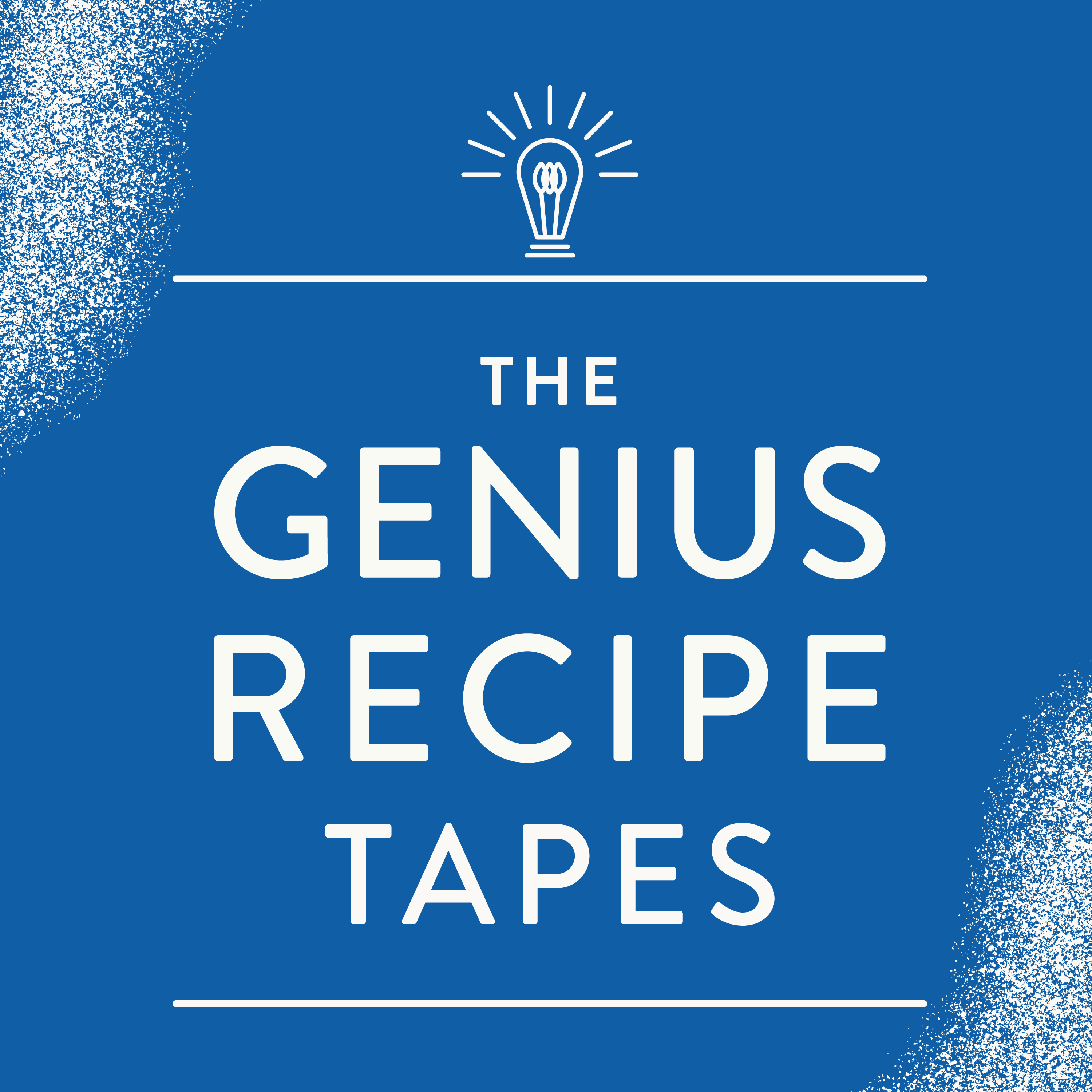
From our new podcast network, The Genius Recipe Tapes is lifelong Genius hunter Kristen Miglore’s 10-year-strong column in audio form, featuring all the uncut gems from the weekly column and video series. Subscribe on Apple Podcasts, Spotify, or wherever you get your podcasts so you don’t miss out.
Listen & SubscribePopular on Food52
23 Comments
burning-ice
October 29, 2015
Thanks for the tip - but if the recipe states 2-3 eggs, then I will not use 4 or 5... I don't have time to endlessly tweak a recipe that is not working - I'd rather stick with one that does, like this one https://food52.com/recipes/3996-ima-s-challah
I_Fortuna
October 29, 2015
Understood. I rely on a book I have had since the 80's from Sunset magazine publishers on bread. All the recipes are foolproof but I admit I can't help myself when it comes to tweaking a recipe. I have been cooking and baking for over 45 years and I just have to make a recipe my own. For me, it is part of the fun and a creative process. : )
I_Fortuna
October 28, 2015
It sounds like too much flour was used. Baking is an art and following a recipe to a T does not always produce good results.
Also, calibrate the oven temperature. One oven often performs differently than another. My new oven was hard to get used to vs. my old one.
And, if you want to make this again try adding 2 or 3 tablespoons of applesauce. It will add moisture to your loaves.
Also, using egg yolks (I use 4 or 5) only will produce a more tender crumb.
Good luck! : )
Also, calibrate the oven temperature. One oven often performs differently than another. My new oven was hard to get used to vs. my old one.
And, if you want to make this again try adding 2 or 3 tablespoons of applesauce. It will add moisture to your loaves.
Also, using egg yolks (I use 4 or 5) only will produce a more tender crumb.
Good luck! : )
Lisa M.
March 18, 2020
Actually the more liquid -- oil or water-- I believe is the key to a more tender/soft crumb.
burning-ice
October 28, 2015
This did not work for me at all. Dough hardly came together and once baked it was terribly dry. A real disappointment.
S G.
October 21, 2015
I just baked this. It was so easy! No mess clean up also.
This is my new go to recipe to experiment with. I added rosemary and milled golden flex like i do with most of my breads. I used a silpat to shape and bake so cleaning was a breeze.
This is my new go to recipe to experiment with. I added rosemary and milled golden flex like i do with most of my breads. I used a silpat to shape and bake so cleaning was a breeze.
CFrance
October 20, 2015
I made this. it took up time out of two days. The loaves are beautiful, but the taste is bland. I would rather dedicate a Sunday to making bread than stretching it out over two days and having to plan around it. Plus I like to hand-knead. It's the most fun part of bread baking to me.
Shirley A.
October 19, 2015
Always love your photography. Great job photo team. Would love to observe a shoot sometime. Ever in MN?
vellner
October 19, 2015
Used this recipe and found the flavor sadly lacking compared to other challah recipes. Perhaps my folding technique was lacking.
I_Fortuna
September 13, 2015
I use only egg yolks, about 4 to 5 at least for two loaves. One gets better color and texture. Otherwise, nice recipe. : )
Ann B.
September 13, 2015
Great article about challah. The timing of it might have been better by putting this out a few days ago, rather than when one is running around trying to get Rosh Hashanah dinner ready for 25 (or more) people as challah, especially a round one, is an essential part of a holiday meal.
Lilly D.
September 13, 2015
Soo when you say bread flour do you mean non risong plain flour? Sorry absolute newbie here!
Ann
September 13, 2015
Bread flour has more protein than regular all purpose flour, which helps develop the gluten. You should be able to get it at your regular grocery, but all purpose can be used in a pinch. And, yes, it is not self-rising flour.
Fairmount_market
September 11, 2015
Folding is also the key to this whole wheat sour dough bread from Jonathan Bethony of the Bread Lab at WSU, described in this article along with a helpful video:
http://www.motherjones.com/tom-philpott/2014/02/toms-kitchen-100-whole-wheat-bread-doesnt-suck-and-pretty-easy
http://www.motherjones.com/tom-philpott/2014/02/toms-kitchen-100-whole-wheat-bread-doesnt-suck-and-pretty-easy
Kenzi W.
September 9, 2015
Another pro-tip: We made egg, avocado, and tomato sandwiches on this bread...on day 3. You should do the same.

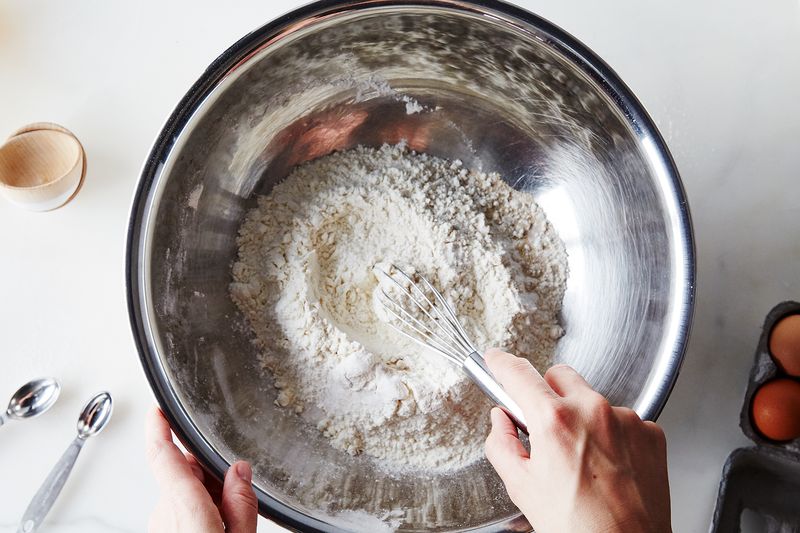
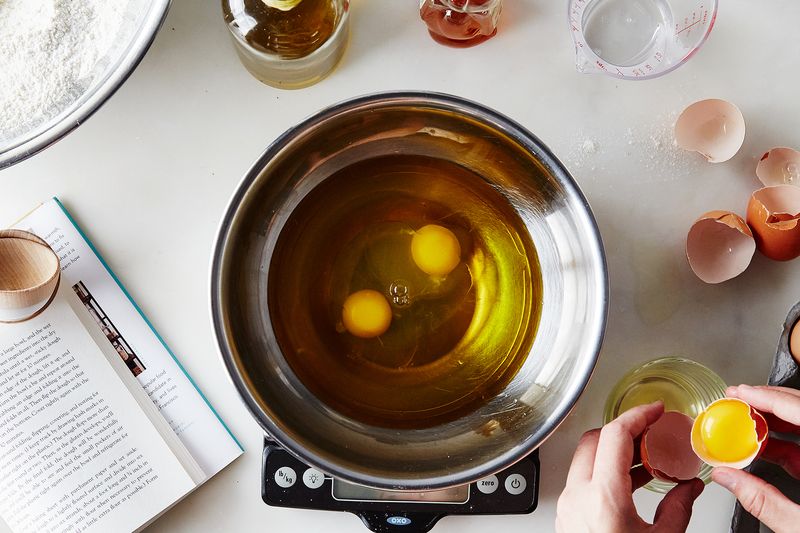
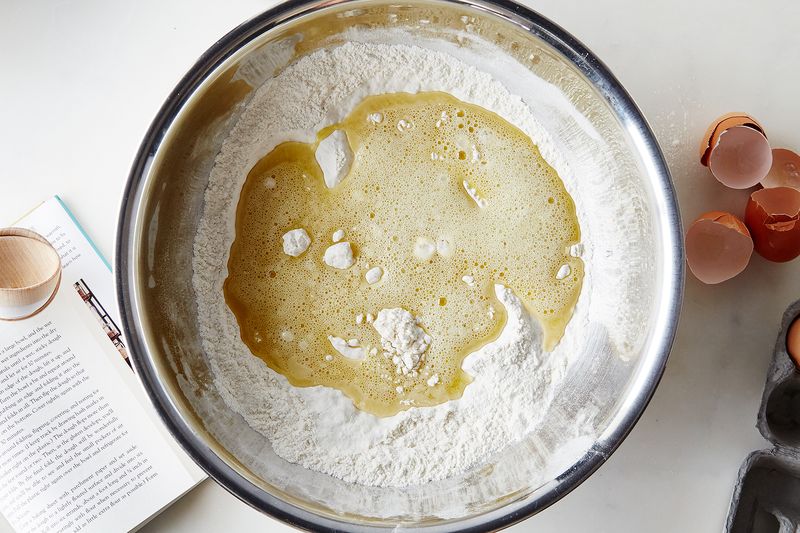
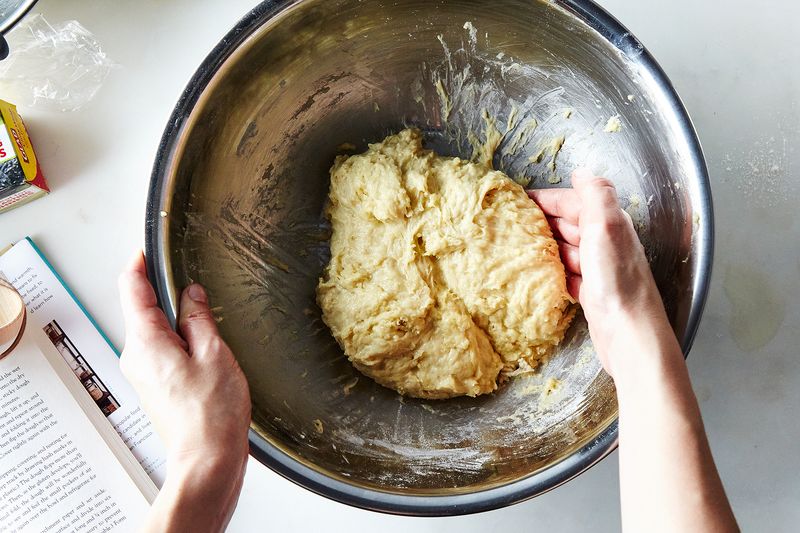
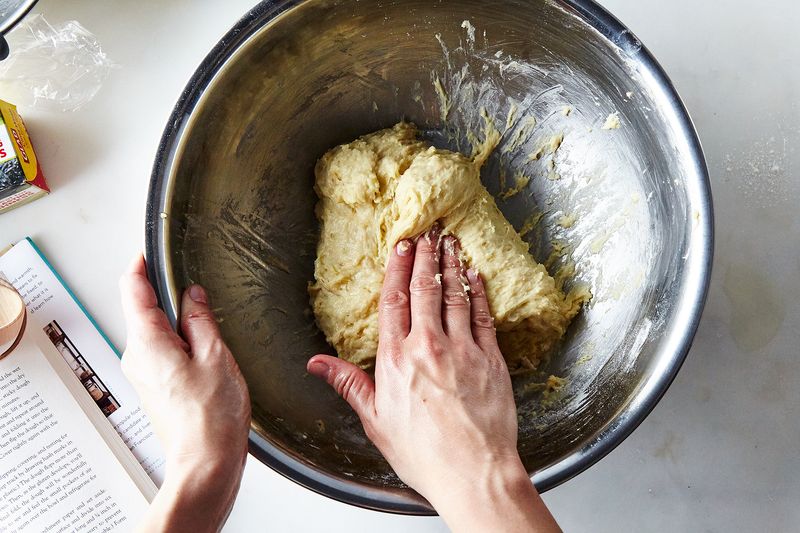
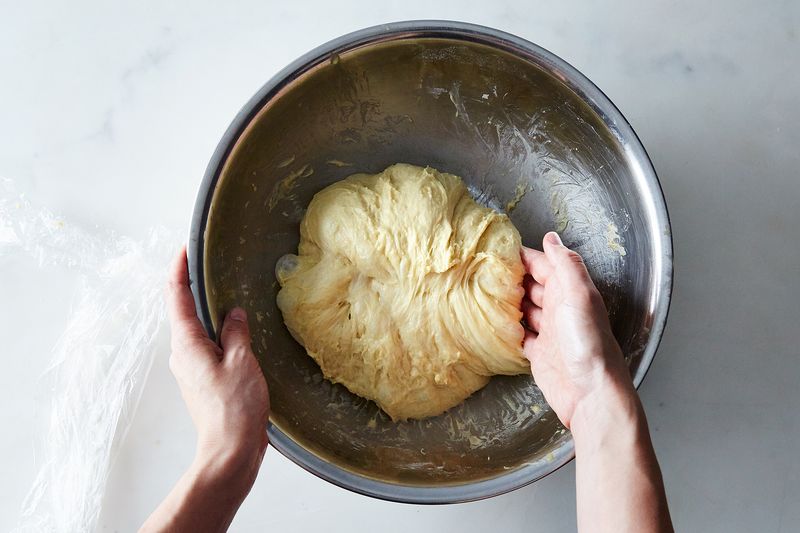
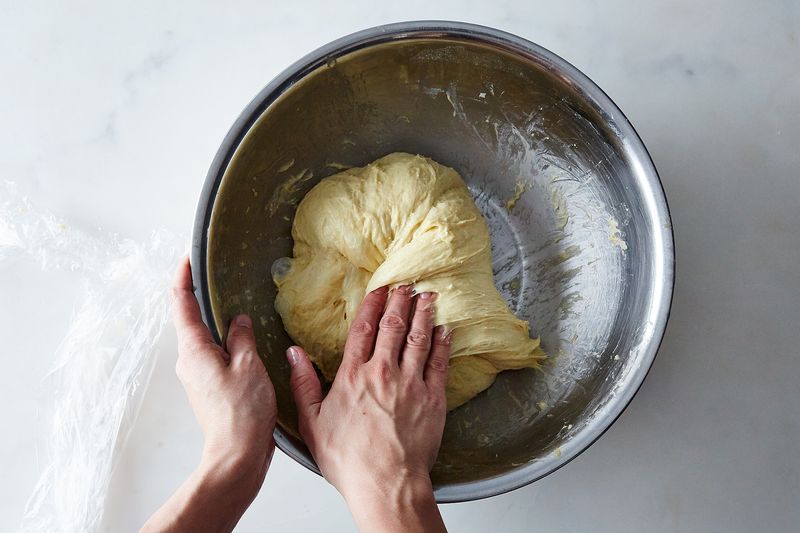
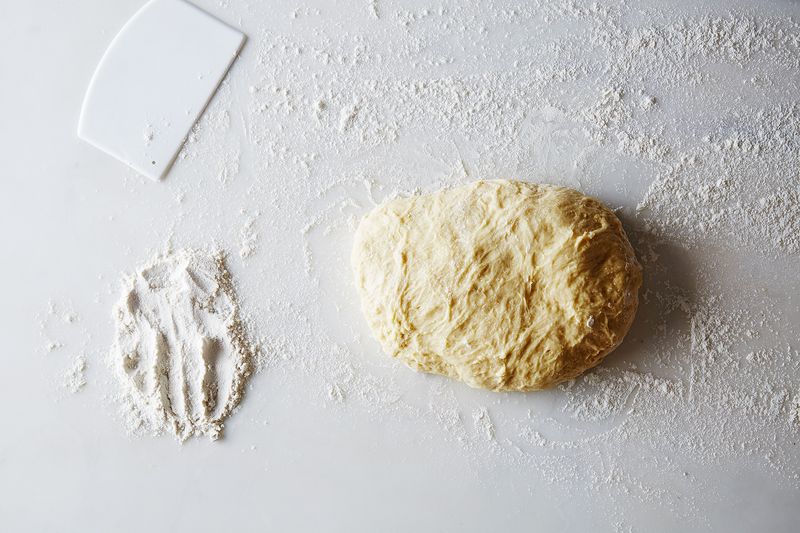
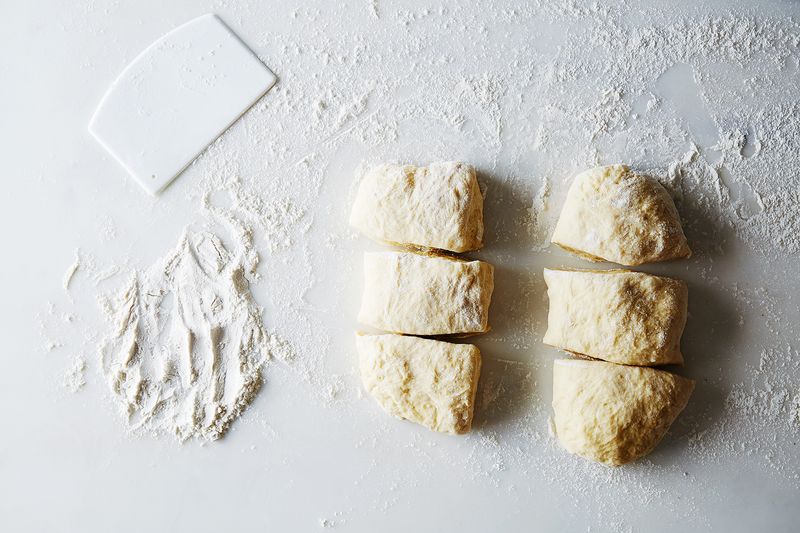
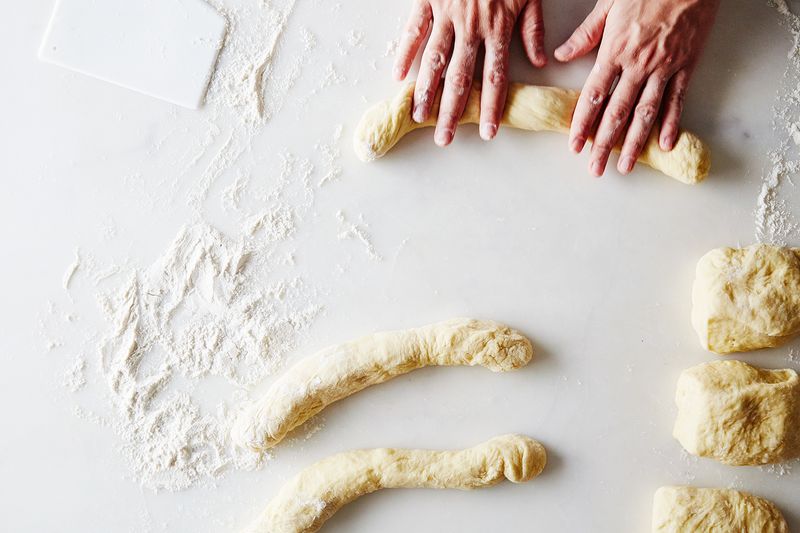
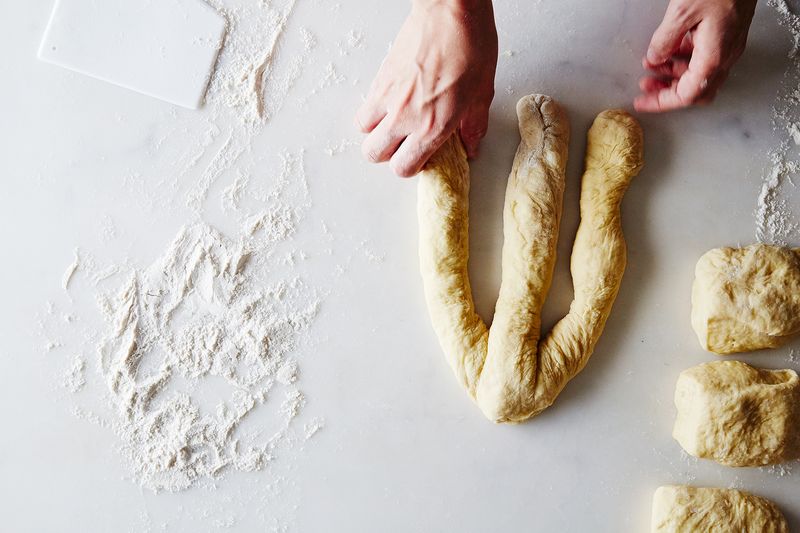
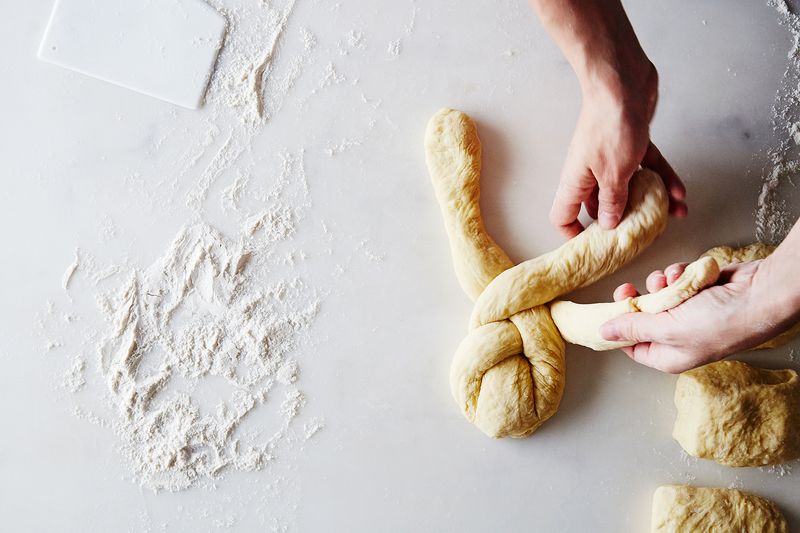
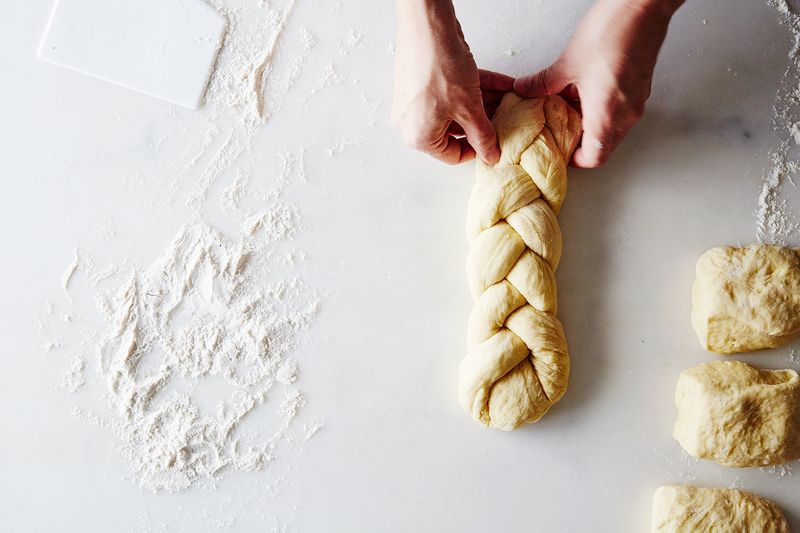
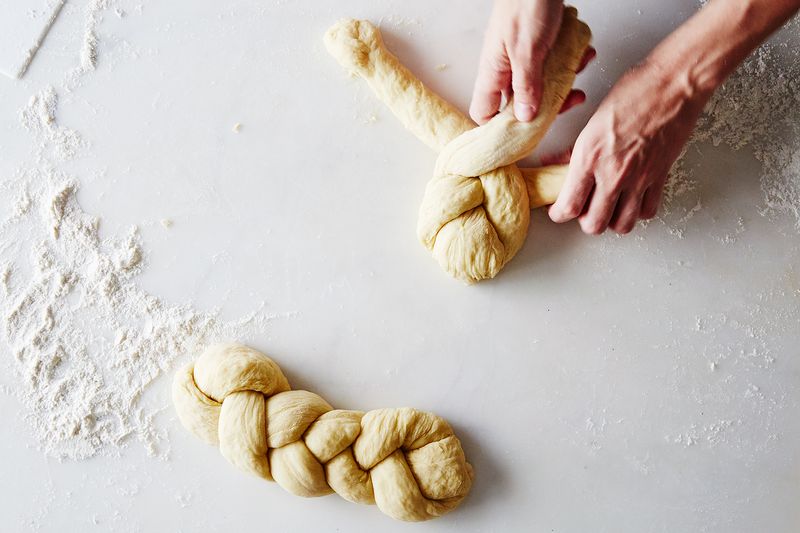
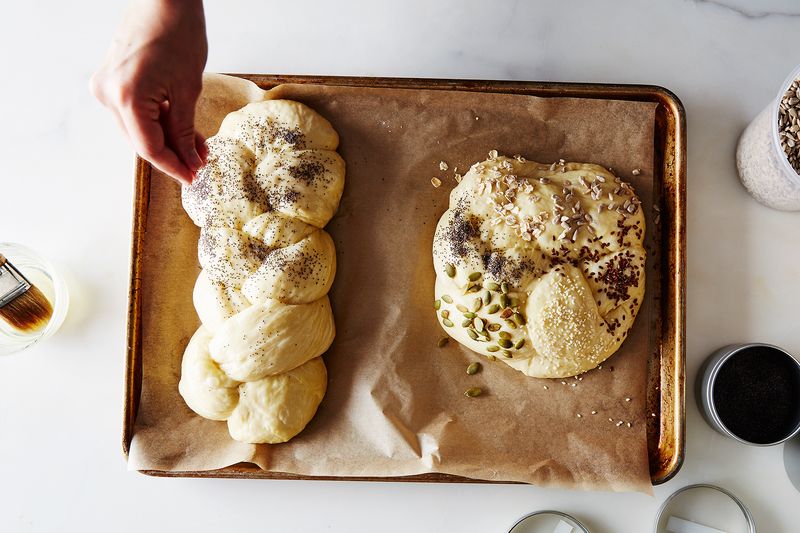
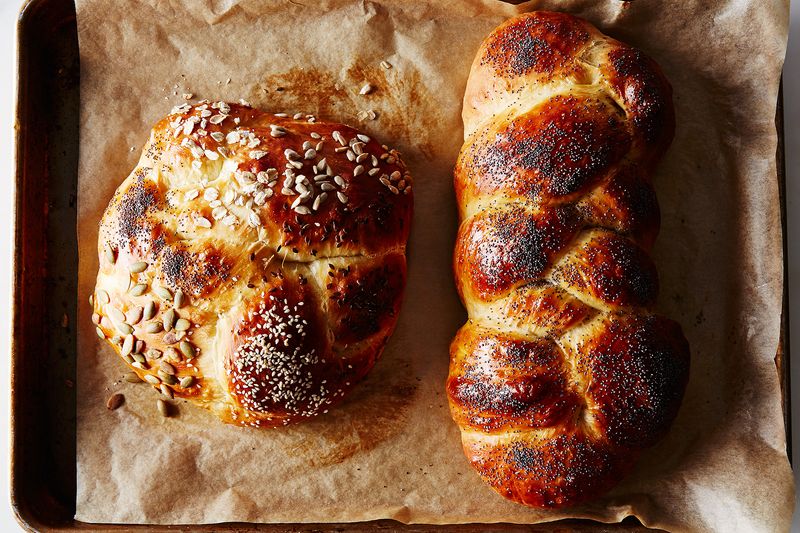
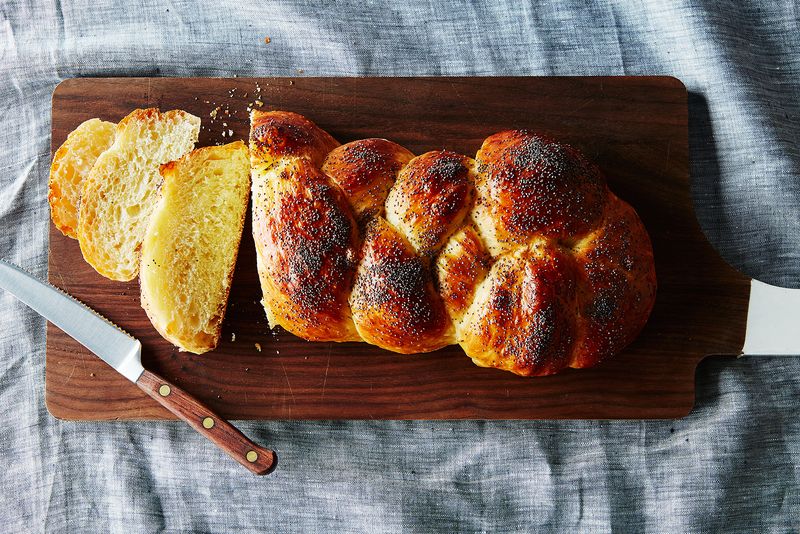
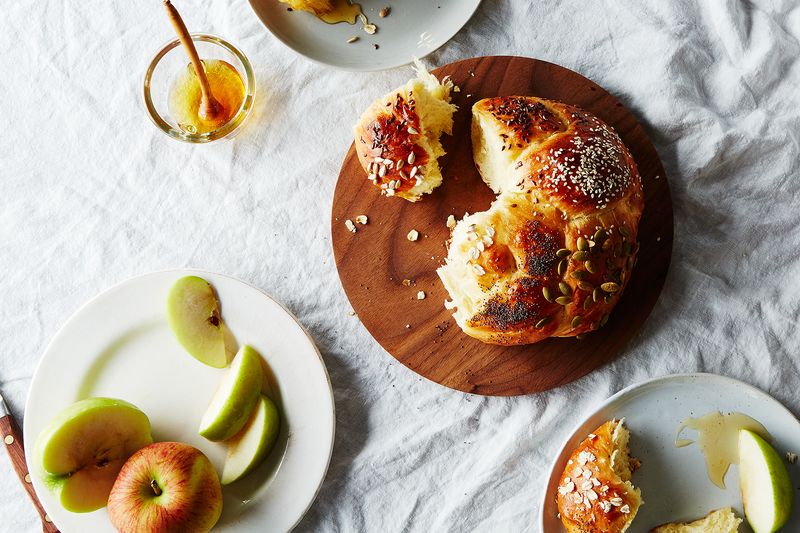

See what other Food52 readers are saying.